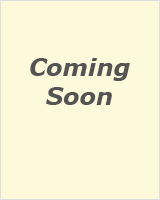
i
Using Focus Groups to Develop a Bone Health Curriculum for After-school Programs
-
Jun 15 2004
-
-
Source: Prev Chronic Dis. 2004; 1(3).
Details:
-
Alternative Title:Prev Chronic Dis
-
Personal Author:
-
Description:Introduction
Childhood behaviors influence peak bone mass and osteoporosis risk in later life. The after-school environment provides an opportunity to enrich a child’s learning and experience. Our objective was to gain a better understanding of the knowledge of, attitudes and beliefs about, and barriers to achieving bone health among children, parents, and after-school program leaders from low-income, ethnically diverse communities. Findings led to the development, implementation, and evaluation of a bone health curriculum in the after-school setting.
Methods
Eight focus groups were conducted in three representative communities. Focus group participants included children aged six to eight years, parents of children aged six to eight, and after-school program staff. Transcripts and written notes from each session were reviewed and common themes were identified within each group.
Results
Most adults had some understanding of osteoporosis, but did not recognize that childhood behaviors had a role in developing the disease. Program leaders raised concerns about their ability to implement a health program and recommended a flexible format. Parents and program leaders recognized the importance of maintaining a fun atmosphere.
Conclusion
It is feasible to create a curriculum for a bone health program that meets the unique needs and interests of children and program leaders in the after-school setting. Addressing the needs, interests, and common barriers of the target population is an essential first step in curriculum development.
-
Subjects:
-
Source:
-
Document Type:
-
Collection(s):
-
Main Document Checksum:
-
Download URL:
-
File Type:


